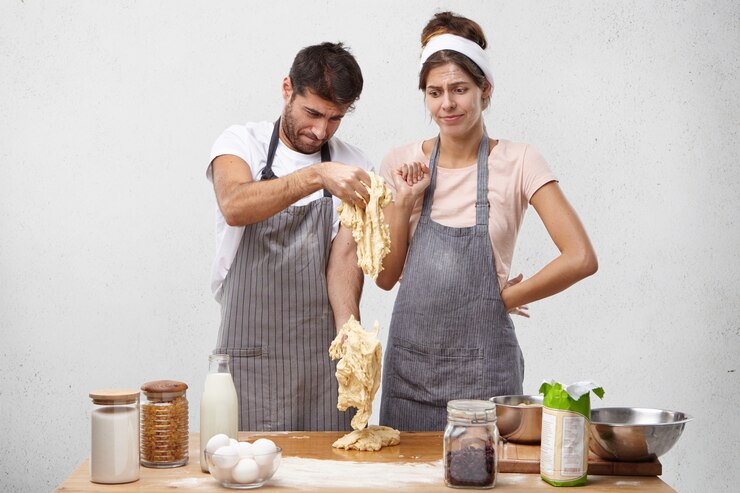Are you committing any of these common kitchen sins?
Chef and food writer Mark Bittman visited TODAY’s 3rd Hour to discuss four typical mistakes amateur cooks make in the kitchen as part of a new series called “The Mistakes We Make.” These mistakes range from turning meat too frequently to pre-chopping every ingredient.
1. Turning meat too often
Meat should be left in the pan until it “releases,” which happens when a crust forms, if you want to brown it.
As he demonstrated his method on a nicely browned steak, Bittman stated on TODAY, “When meat is ready to be rotated, it informs you.”
A lot of people would say, “Okay, I’m turning this thing now.” But if we wait for a minute or two, he explained, “it’ll be brown, it’ll release because the brown surface is slippery, and then you turn it. Just one turn is necessary.
Bittman noted that he covers his meat in a towel and pre-salts it several hours in advance.
It helps it brown better since it slightly dries out the surface, he claimed.
But because fish flakes so quickly, the same does not apply to it.
Fish is a little more difficult since it disintegrates, he explained. Cooking with fat is simpler because nothing sticks at all.
2. Stuffing the pan too full
Food won’t brown if you put too much in a pan at once because it will expel all of its moisture and steam.
“What occurs is that the vegetables lose all of their moisture,” And instead of browning, it steams,” Bittman remarked. Therefore, if you keep the amount of food in a pan to a minimum, you may obtain this lovely browning because the pan stays hot; the liquid evaporates as soon as the chicken and veggies release their liquid.
You might need to prepare a dinner in two pans to prevent crowding, he advised.
3. Getting the components ready in advance
It’s not necessary to cut all of the ingredients before you begin cooking. Simply chop the items you’ll need to start the dish to save time, and then prepare the remaining components while the initial ingredients are already sizzling.
Simply begin cooking, Bittman advised. Normally, you would sauté an onion first, correct? As a result, you begin by chopping the onion and adding it to the pan. Next, you chop the garlic and add it to the pan, and finally, you chop the carrot and add it to the pan. When you finally put everything in the pan, it has already begun to cook.
4. Utilizing blunt knives
Cutting using a dull knife might be riskier and more difficult.
Bittman stated, “If you cut a tomato with a dull knife, you squish it.
Additionally, he added, a dull knife “tends to not cut readily, and slides off,” showing how slippery an unsharpened knife can be by cutting an onion. “It’s particularly horrible if it falls off in the direction of your fingers.”
On the other hand, a sharp knife “simply goes right through.”
Bittman advises purchasing a basic, low-cost knife sharpener and using it once or twice a day on the “fine” setting.
